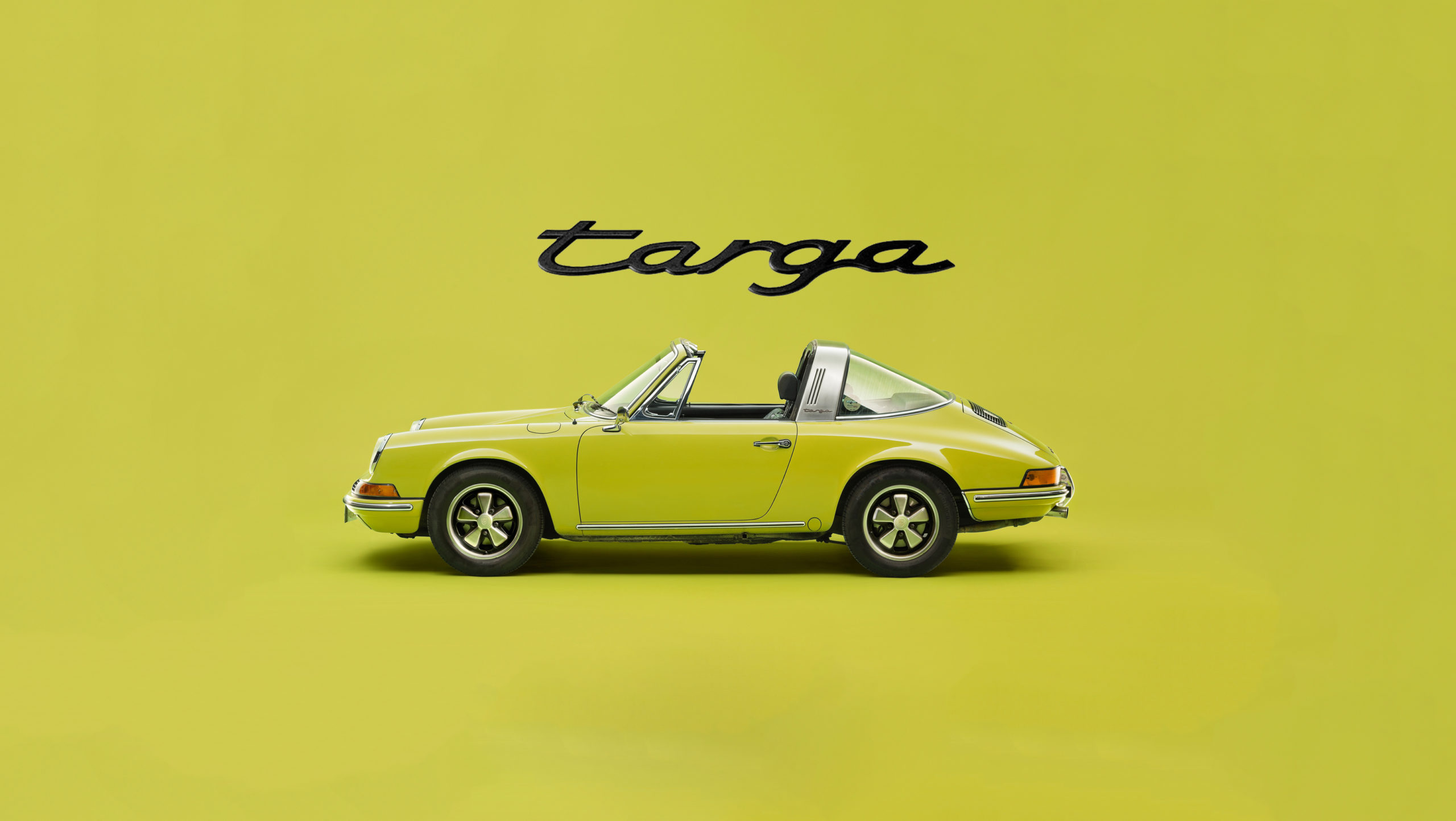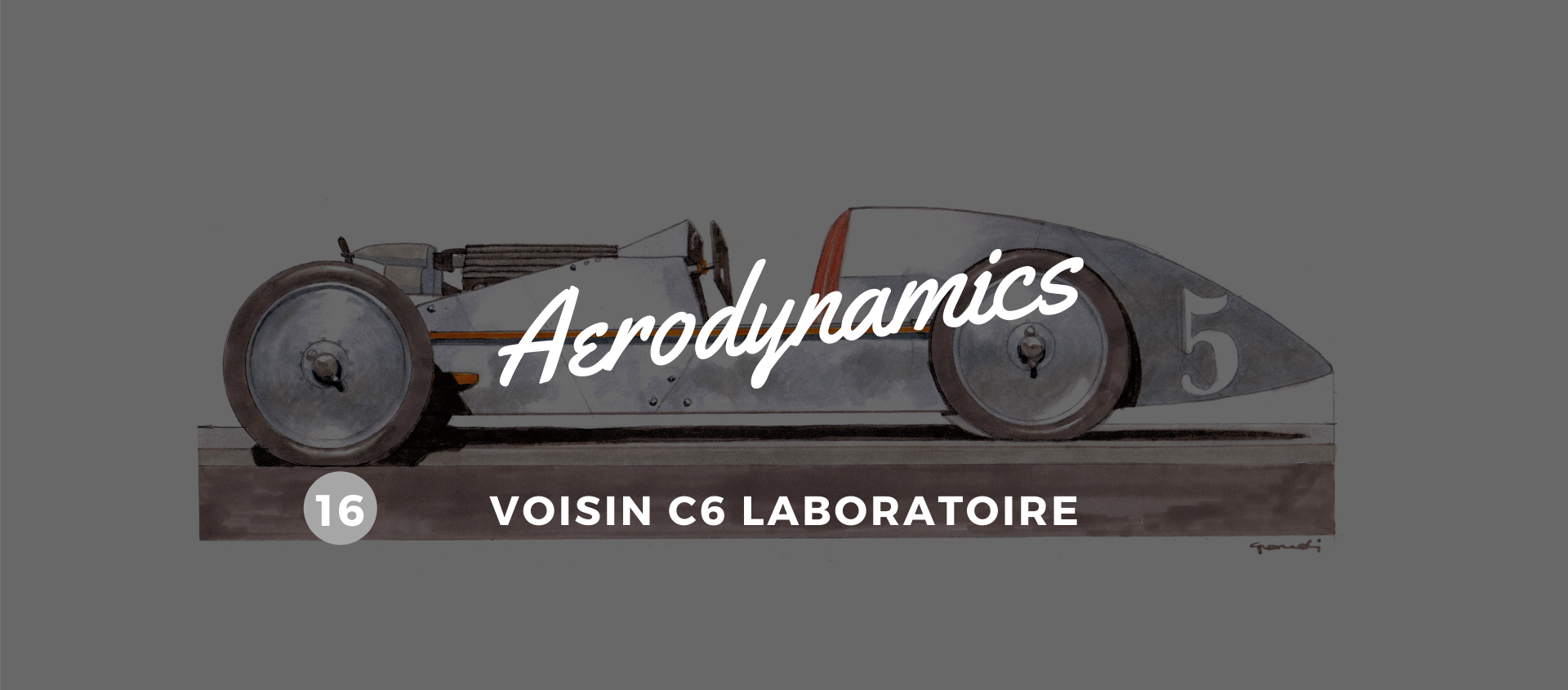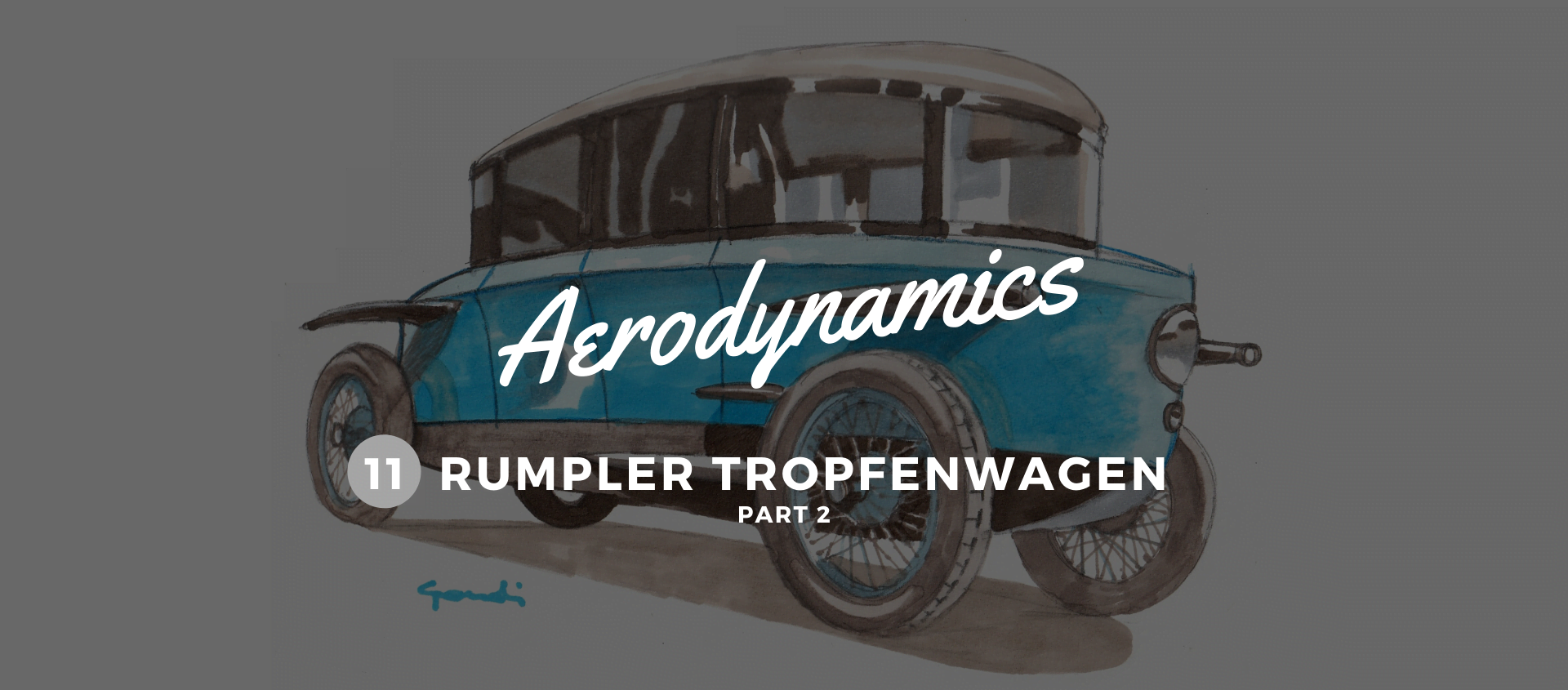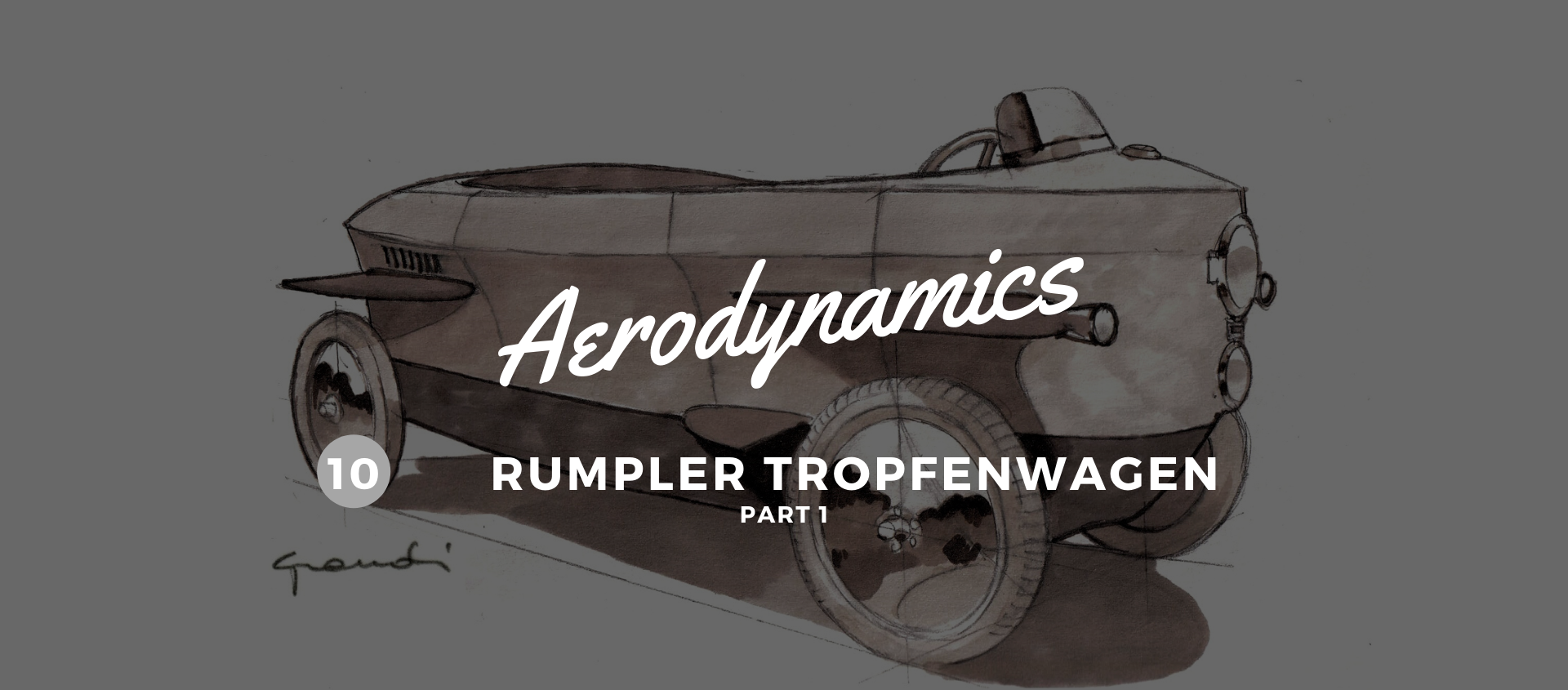The Targa that binds Florio and Porsche
27 May 2020 2 min read 5 images

Among the many things that racing teaches manufacturers, not everything is technical, and Porsche has long understood the advantages of adopting names like Carrera and Targa for its specific versions. The Targa definition, in particular, has even gone so far as to identify not only a model, but even a body configuration regardless of the brand.
Register to unlock this article
Signing up is free and gives you access to hundreds of articles and additional benefits. See what’s included in your free membership. See what's included in your free membership.
Already have an account? Log In


